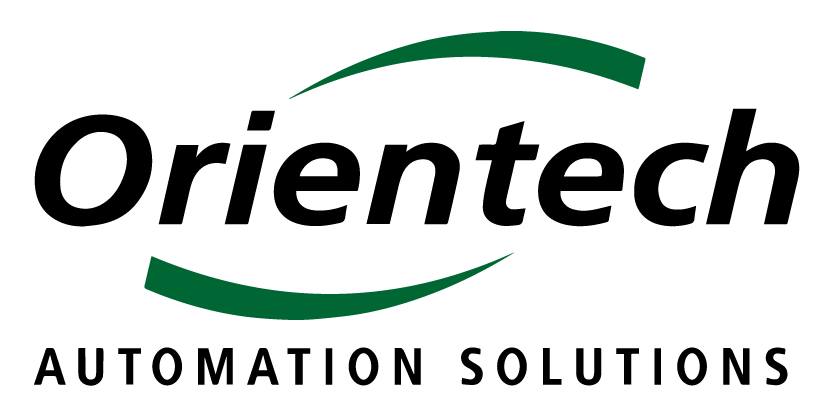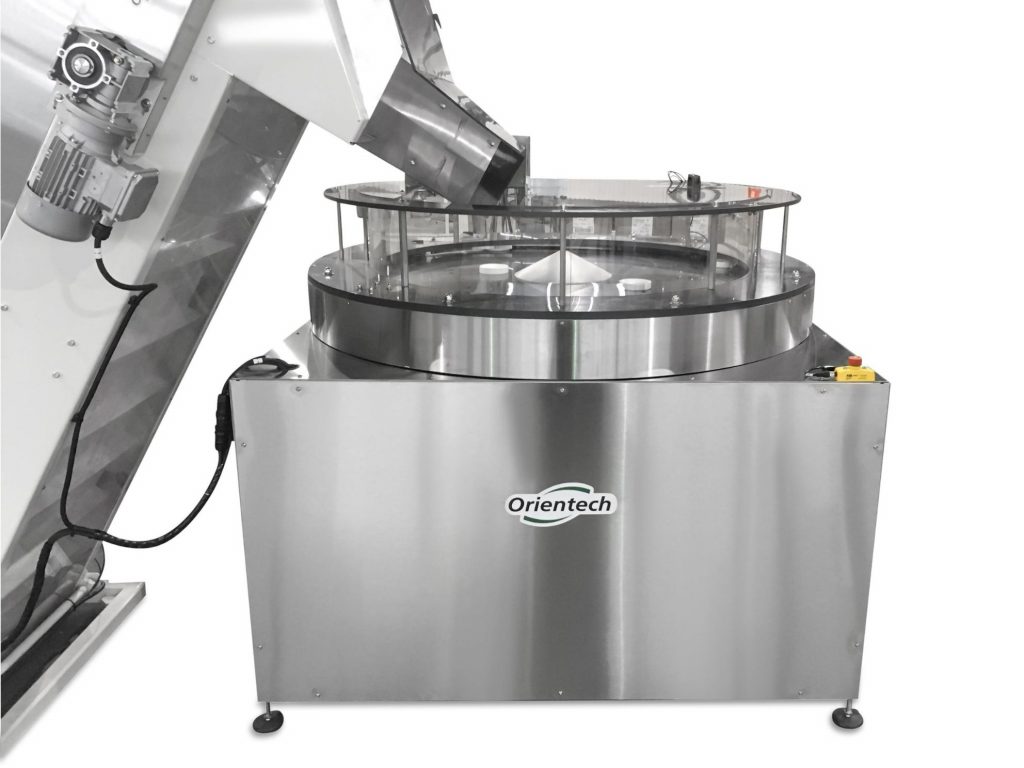Plastic container closure technology is ever-evolving. As a product manufacturer, you are always looking for lighter packaging materials, such as caps and cap liners, and new cap lining technologies to help extend product life and ensure safety.
When incorporating these changes, it’s important to avoid disruption to your production lines. Caps, closures, and cap lining are integral to design, function and product preservation. From a freshness seal to elaborate dispenser tops, automation can increase efficiencies in the cap lining process. The right machinery, with the right sets of controls and tools, can help you meet today’s requirements for quick, efficient, and adaptive cap-lining.
Finding the best-performing cap lining machine that will be reliable, address the variety of needs to fulfill production, and reduce product non-conformity may be a time-consuming challenge.
1. Material lining saving
Many companies manufacture similar lining machines with the same technologies and limit the cut output to two cuts per cycle. With just two cuts for a format over 89mm, it becomes difficult to save lining material. At Orientech, we decided several months ago to innovate with our custom lining machines by increasing to three or four cuts per cycle.
With this increased capacity of the lining machine, yield usage of the wad of the lining material is optimized each time. Therefore there is a recurring economy at every cycle, which has a significant impact on their equipment return on investment. It’s another way we deliver more value for manufacturers.
2. Lining materials handling and usage
Product needs can range from a liner that seals a bottled or a jarred product to liners that stay in a cap for a particular function and/or protection. An automatic cap lining machine can handle the process of fitting or wadding caps with these various liner materials at high production rates. Depending on cap size, speed can reach an output faster than 1,200 caps per minute.
3. Intuitive and flexible vision system
For lined caps, a vision inspection system is crucial. With full visibility of caps and liners during production, manufacturers can foresee any production issues and also minimize downtime. This is especially helpful when frequent changeovers are involved for cap colors, sizes, lining materials type and finish such as foam, shiny or matte finish aluminum.
4. Ability to handle various sizes and number of simultaneous cuts
Products come in many varieties and a growing number of different sizes. Before investing in an automated cap lining system, ensure that the machine can handle the range of your products or your customers requirements. You should insist on a system with a capacity ranging from 20mm to 165mm caps to sufficiently cover the most popular sizes, although larger automated cap lining tools are also available.
5. Compact size, yet robust performance

Cap manufacturers are increasingly looking for cap lining machines that can be easily positioned between other stages of automation.
A cap lining machine should be compact so that it can mesh well with current systems and placement, but it also should perform as well as or better than a larger machine.
Innovations, including station revision and miniaturization, allows for a smaller footprint and greater production agility while adding to the overall rigidity of the system.
The right cap manufacturing machine will accommodate a wide range of cap sizes, with the ability to switch between one size and another with a simple tool.
The right cap manufacturing machine will accommodate a wide range of cap sizes, with the ability to switch between one size and another with minimum changeover time and tools. We encourage you to contact a partner that uses the latest technologies, built from years of experience in delivering cap production solutions for many industries. Make sure that the machines are small, yet robust and full-featured. They will fit well in your production line and deliver results, even in the type of challenges oversized caps and other parts can present.
Should you need information on how Orientech can handle your cap and closure production needs or any other cap challenge, contact us today.



